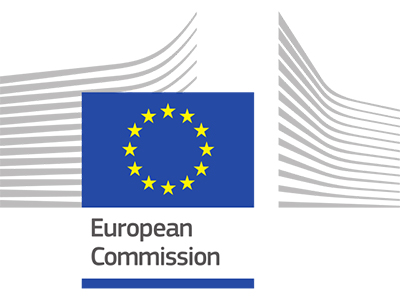Description
The main objective of the COST Action 525 was to understand the role played by grain boundaries in controlling the manufacture, microstructure and properties of electronic ceramics. Components made out such materials have enhanced properties, improved stability and reduced unit cost. The Action revealed also new opportunities for existing and developing ceramics. The activities of the Action were mainly concerned with dielectrics, sensors and semiconducting ceramics one side and ionic and mixed ionic-electronic conductors on the other. The Action studied the fundamental issues from a structural point of view defining pore and grain size distributions, extended/bulk defects, multiphase structures. Also structural and chemical stability has been studied. A generalized brick ?€“ wall model was for the first time developed and suggested for calculating the effective dc and ac dielectric response of granular materials (i.e. ceramics and polycrystalline films) for the case of grain boundary layers with sharp boundaries, whose dielectric response differs from that of grain bulk. This model is valid for arbitrary grain form and size. A strong activity was the fabrication and characterisation of dense perovskites of mixed conductivity used in gas separation (e.g. pure oxygen production).
Significant success of the Action was the development of novel ionic conducting ceramics including layered potassium antimonates as novel cation conductors (for battery and sensor applications) and BaMO3 protonic conductors where M = Ce, Zr. Hf (with hafnates being addressed for the first time).
Also the membrane materials of the La1-xSrxFeO3 family were synthesized and characterised. The effect of grain size and calcination/sintering temperature in this material was studied. LaSrFeO3 perovskite electrodes were applied in sensors for automotive emission control (NOx and CO reduction) in conjunction with a lambda probe. The sensor has been tested in real conditions in an engine test bench.
Main Local Researcher
Coordination
Materials Science Centre School of Materials University of Manchester
Partners
Czech Republic, Italy and France
Groups
G3 - Electrochemical Materials, Interfaces and Coatings;
G2 - Photonic, Electronic and Magnetic Materials;
Sponsors








